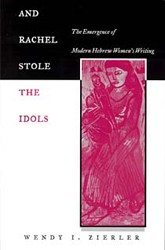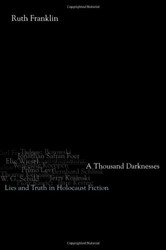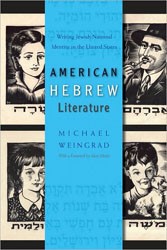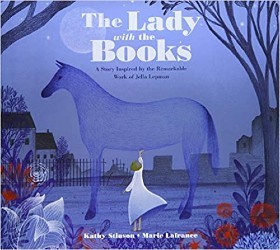Phyllis Lassner, who teaches gender studies, Jewish studies, and writing at Northwestern University, examines a little-known aspect of the Holocaust through the writings of British Jewish women. She considers works by Kindertransport children, women of the “Second Generation” (children of survivors born in the UK), and writers who have no personal connection to the Holocaust yet are profoundly affected by World War II. The Kindertransport children, writers Lore Segal and Karen Gershon, depict their anxiety coming from separation, fragmented communication with their parents, and finally, silence and loss. They also tell the story of being suddenly thrust into an alien society. Children of survivors, such as Anne Karpf and Lisa Appignanesi, write about the stories and memories that are an integral part of their lives, but feel that lack of direct experience makes them less authentic. Both groups use writing as a way to establish personal space and an identity that is attached to the past but never stops pushing back against it. The women writers with no connection to the Holocaust — Elaine Feinstein, Diane Samuels, and Julia Pascal — use it as a basis for creating fiction, using fantasy and the Gothic as well as narrative to depict silence and suffering.
This is a worthwhile book for readers interested in Holocaust studies, Jewish studies, gender studies, and writing.





